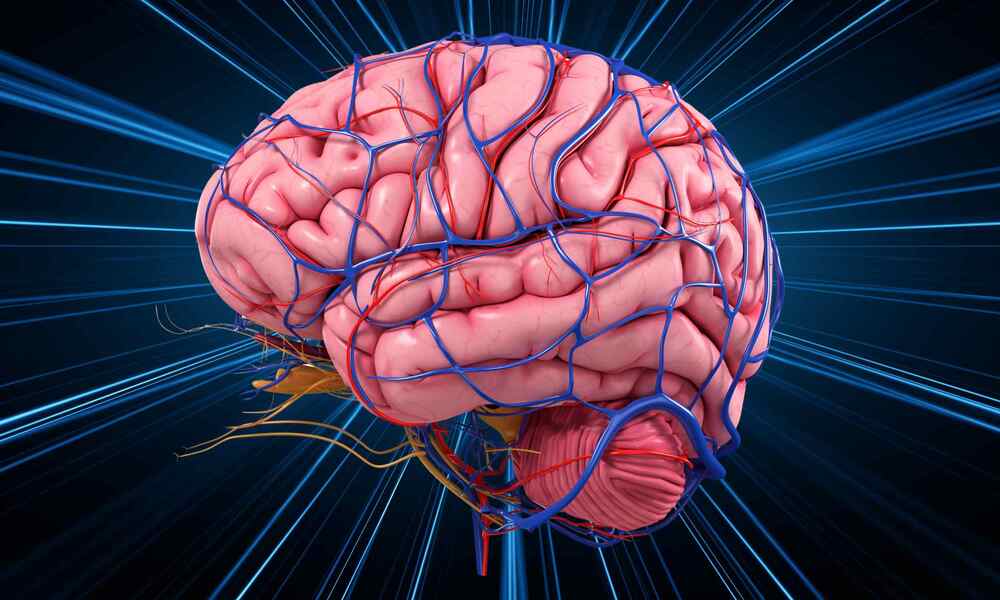New research using climate models provides fascinating insights into how environmental conditions influenced the evolution and migration of early humans.
One study uses deep-sea sediment cores to trace the climatic factors that enabled or hindered hominin settlement in Europe, while another study explores the interbreeding opportunities between Neanderthals and Denisovans due to shifting climates. These findings not only enhance our understanding of human history but also underscore the impact of long-term climatic changes on human habitats and interactions.
Climate Modeling and Hominin Evolution.






